Revell-Germany | 04927: 1/32 UH-72 Lakota
Reviewed by Mike O'Leary
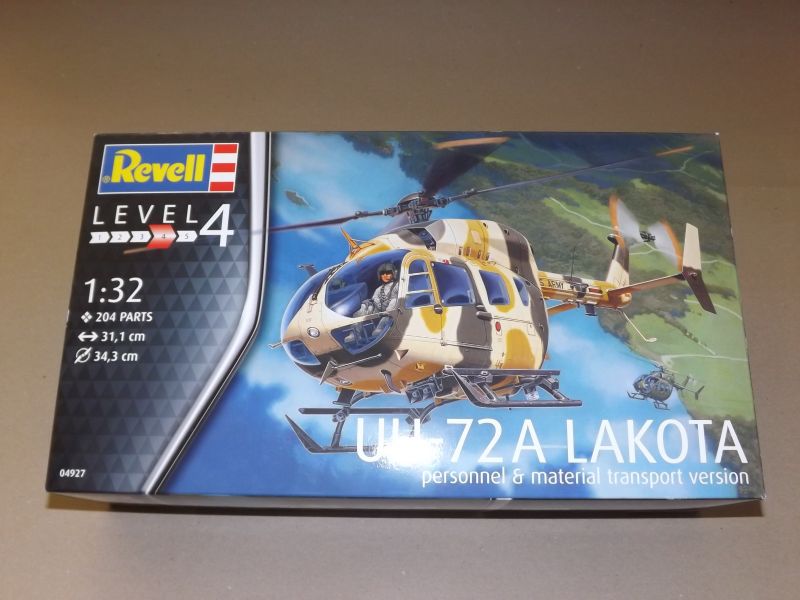
The EC-145 family of helicopters was originally developed by Airbus to serve as a multi-role helicopter. Since its acceptance by the US Army, the original EC-145 has been further developed as personnel/material transport helicopter. The combination of high mounted rotors, and easy access makes this possible via sliding side doors, and clam-shell doors in the aft fuselage. The high mounted rotors make loading and unloading not only possible, but easy, even while the rotors are turning, which greatly enhances the Uh-72s versatility. The Revell of Germany UH-72 is another variant of the EC-145 Eurocopter; other releases include the Medstar/police, Luftrettung/air rescue, and an air-Zermatt civilian type air taxi, or sightseeing helicopter.
The instructions are 20 pages of colorful details that lead you through the construction process. The first couple of pages detail construction notes in 21 languages, and the painting details are denoted in a similar fashion. The instructions call out 15 colors, and 3 mixed colors, along with numerical designators, yet I could not find anything that gave a specific paint brand. The next couple of pages provide a sprue layout, and parts from other variants are blacked out. The kit is broken down in such a way that 74 steps take you through the build sequence; this may be tedious to some, but the detail level is enhanced by this process. I've found that this enables me to build semi-quickly, and to go from one phase to the next leapfrogging from step to step. The last two pages have paint details; one camoflauged version, and one in the new US Army "NATO Olive". Decal/stencil locations are called out with little green rectangles that really stand out on the page.
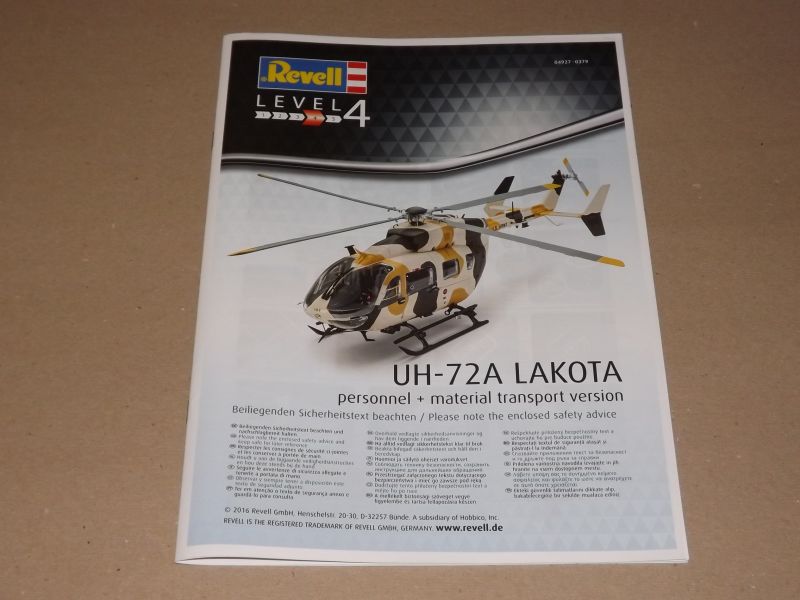

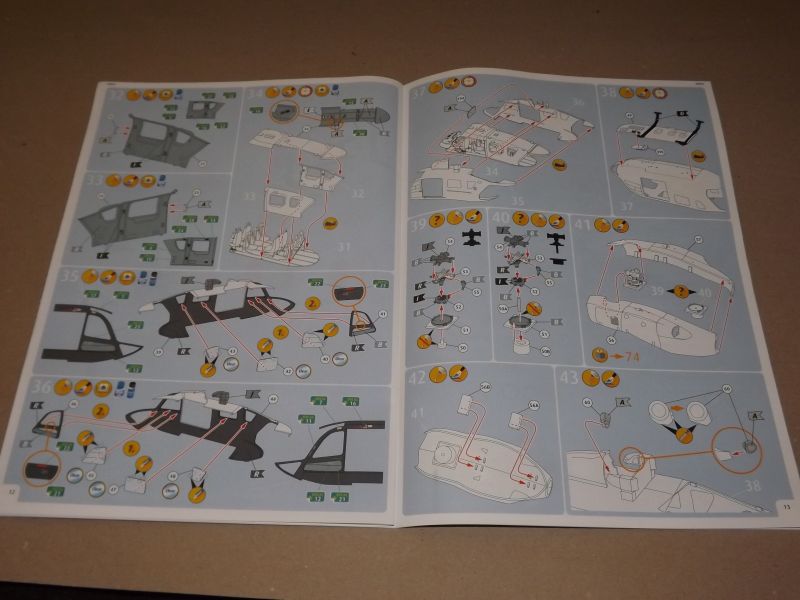

The Revell of Germany kit is comprised of twelve sprues molded in a light grey, darker grey, white, and clear. The moldings are all crisp, and what I first thought to be flash turned out to be some very delicate molded in details; this is evident on a variety of parts. The main fuselage/ body components are molded in white, along with the tail, engine nacelles, and doors. There are numerous fine details: vents, louvres, and some very fine rivet detail similar to that on some of the original Revell kits.

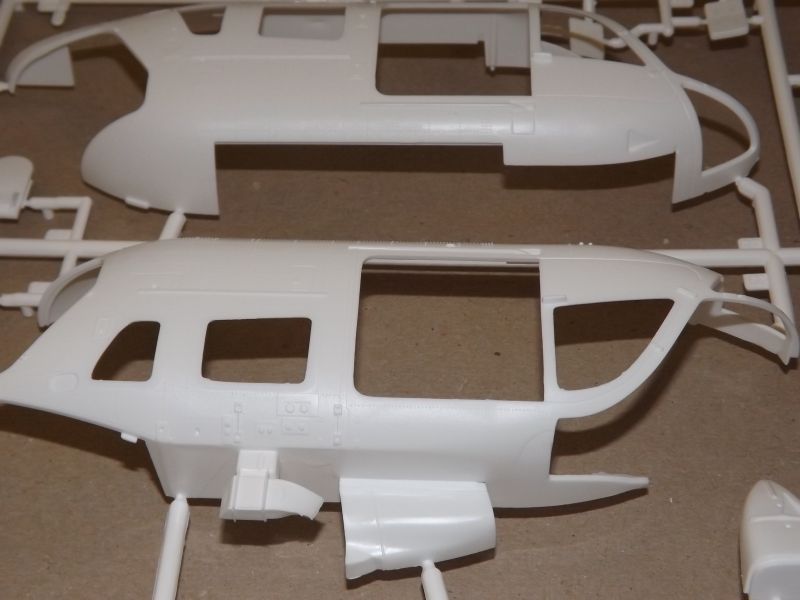
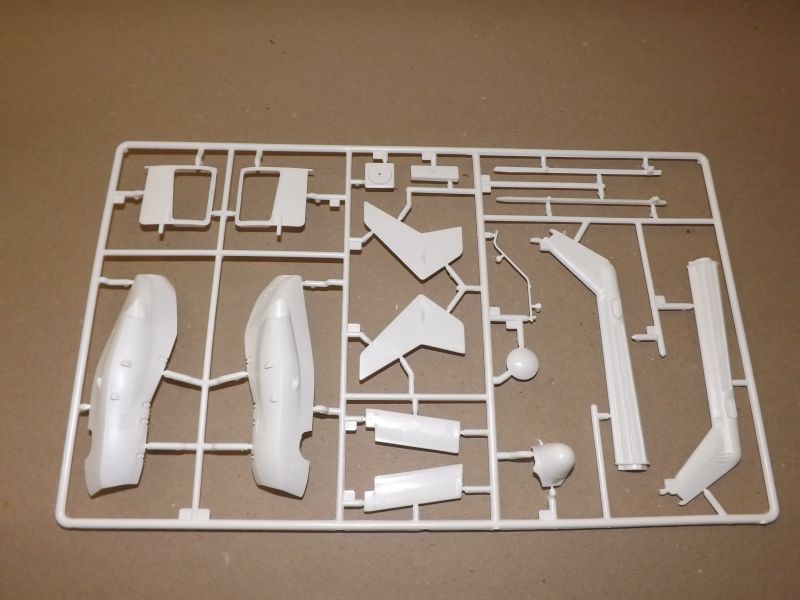
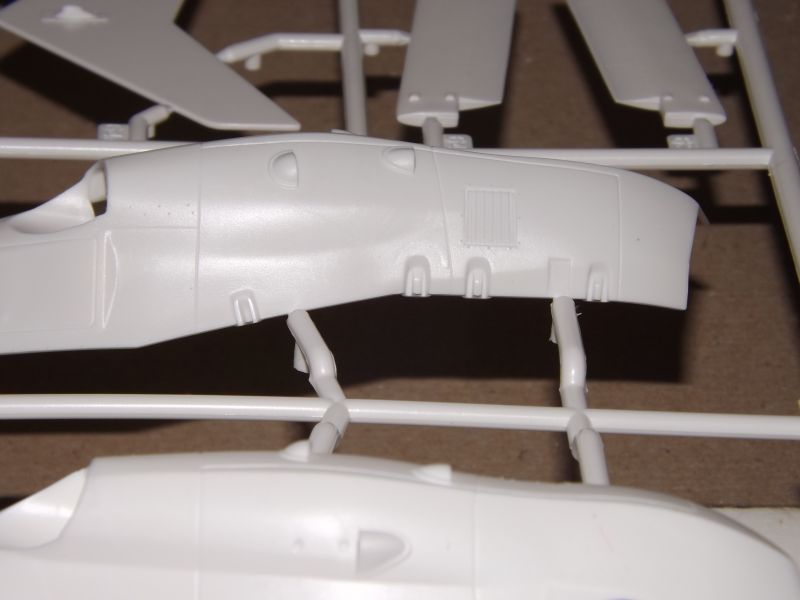
The light grey parts make up the cabin interior, doors, rotors, and various fuselage detail parts. In the sprue layout you see that many of the parts are blacked out as they are for other versions of the EC-145. Given that the UH-72 is essentially a transport, the last set of sprues, molded in a dark grey are the various seats, and interiors bits needed to make the personnel-carrying version.
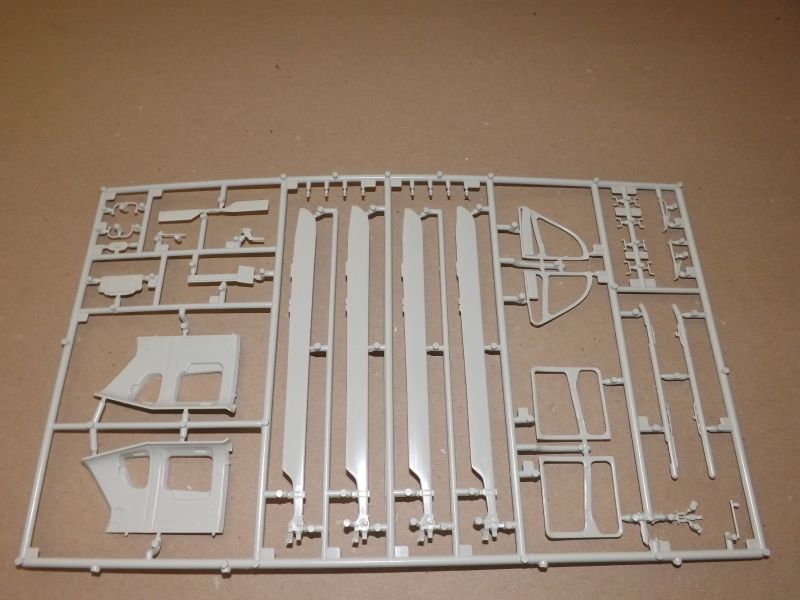
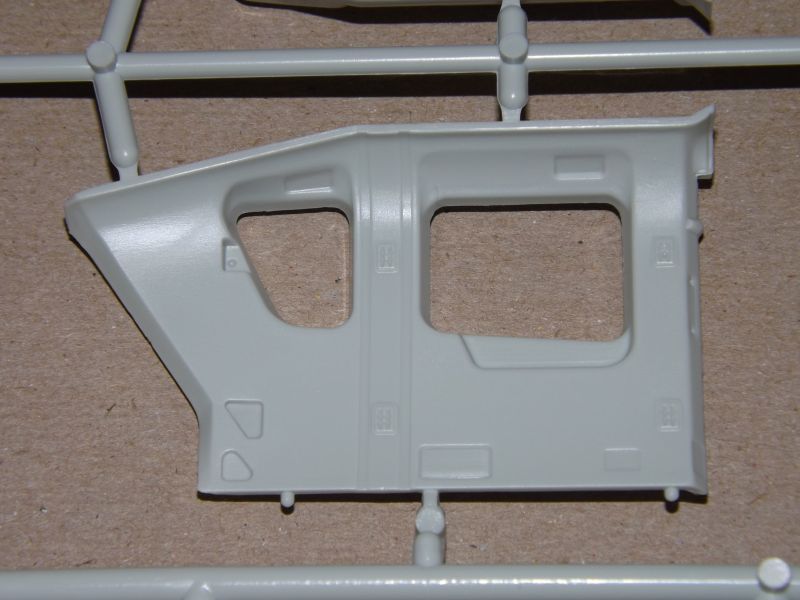
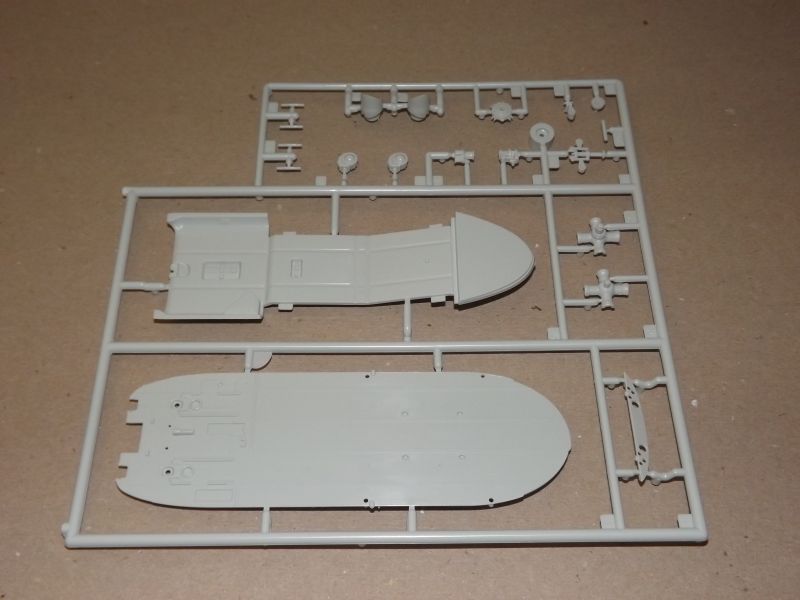
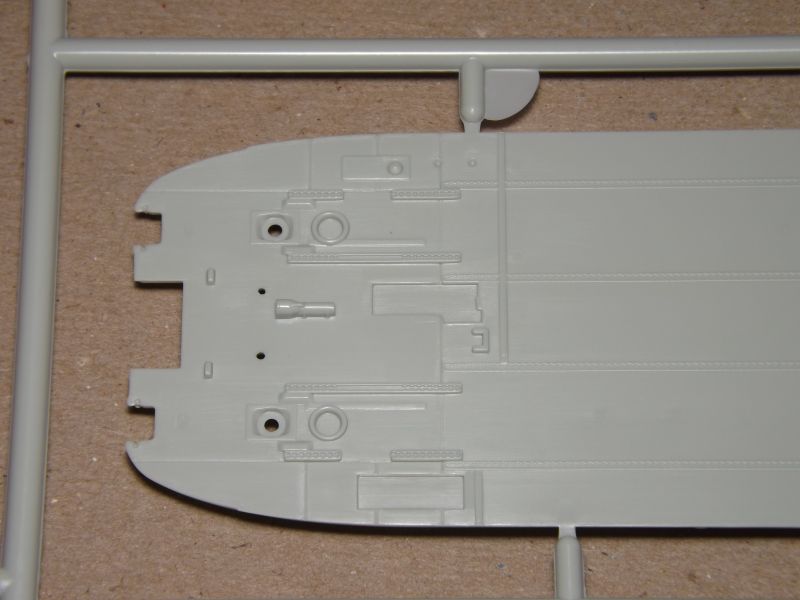

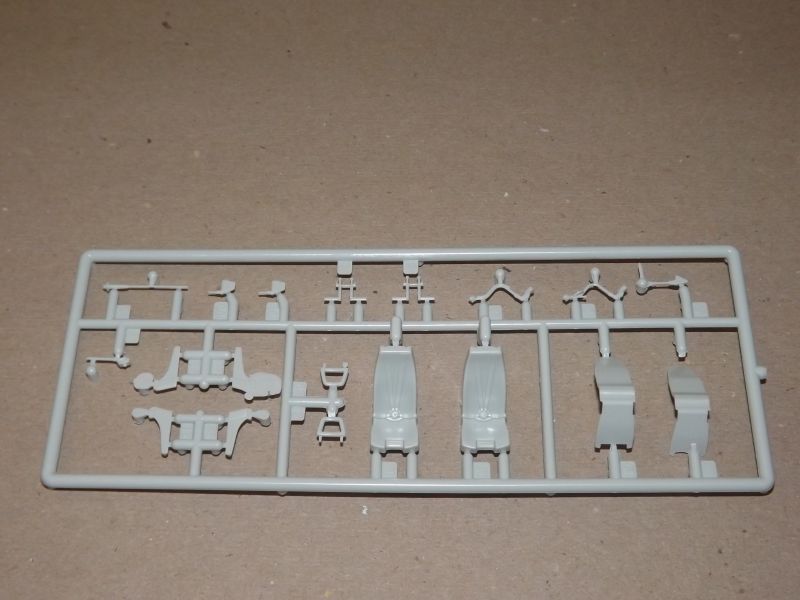

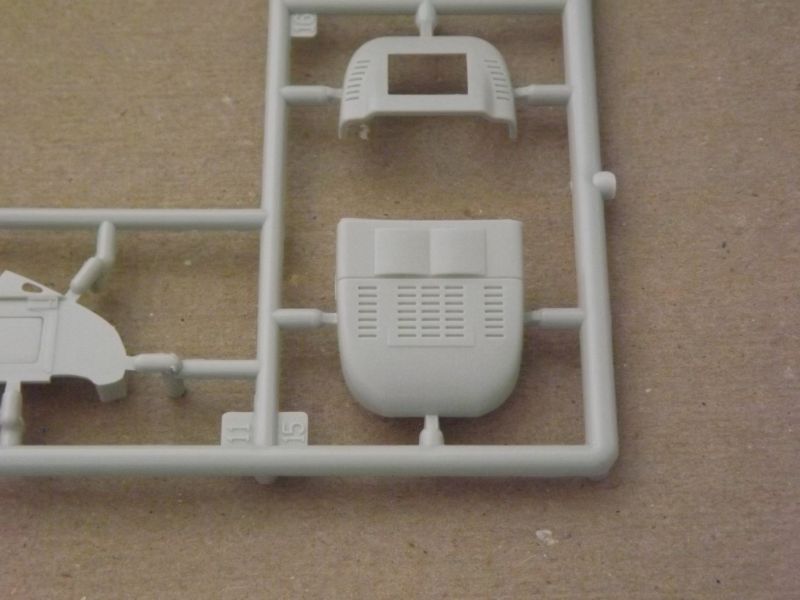
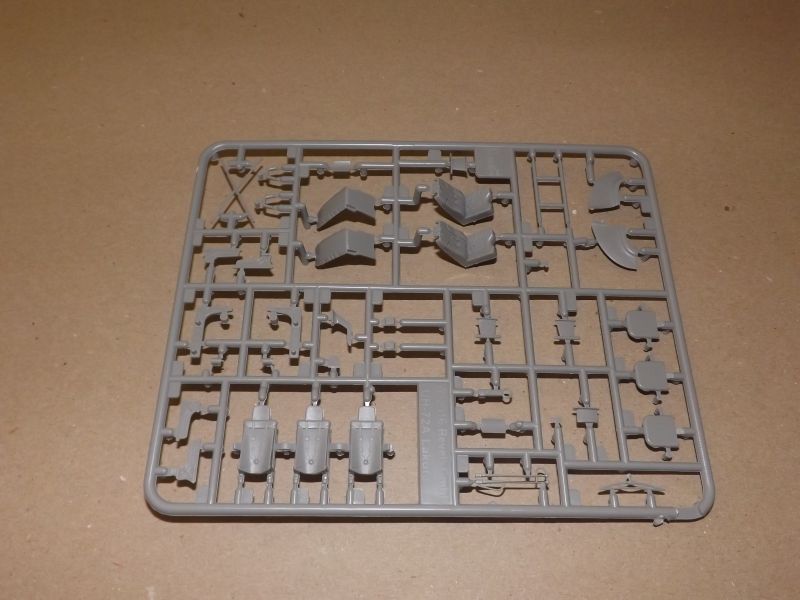
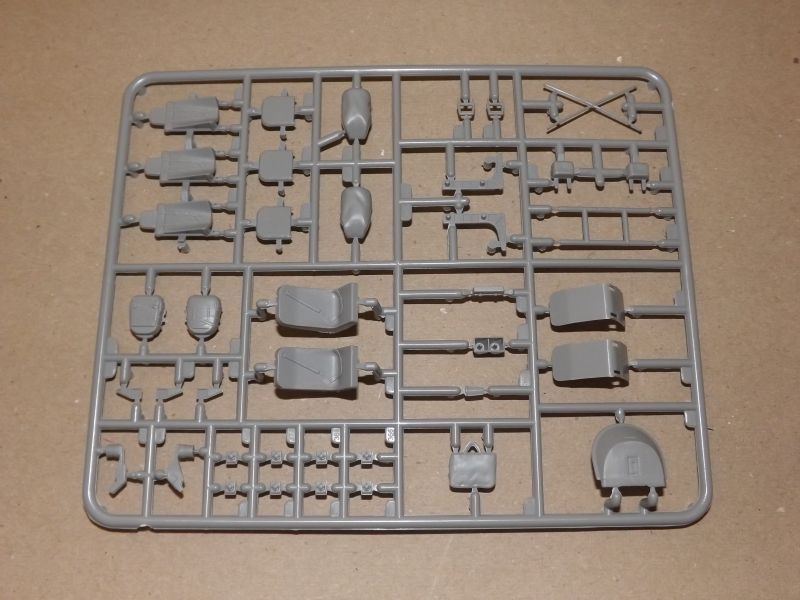
The clear parts are well molded and very clear and crisp. The windscreen is well defined, which will help with masking the center frame. The cockpit and cabin of this model are made up of a great number of small parts; the resulting detail is well highlighted by the many clear windows. The various external lights and lenses are well rendered, and again, cleanly molded.
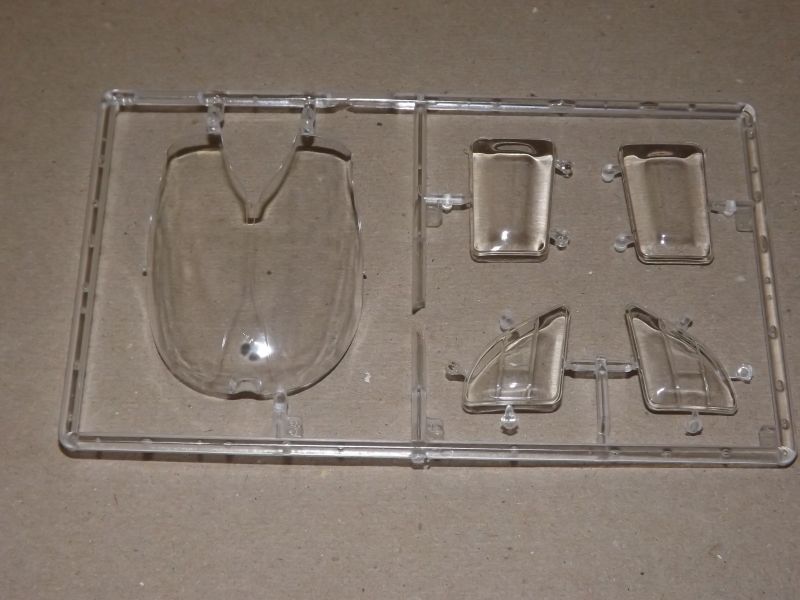

The decal sheet is divided into three sections: a cockpit/stencil group, a set of stencils specific to an Army bird, and some serial numbers. They are in register, and look to have minimal carrier film. The colors are distinct on the various decals as well.
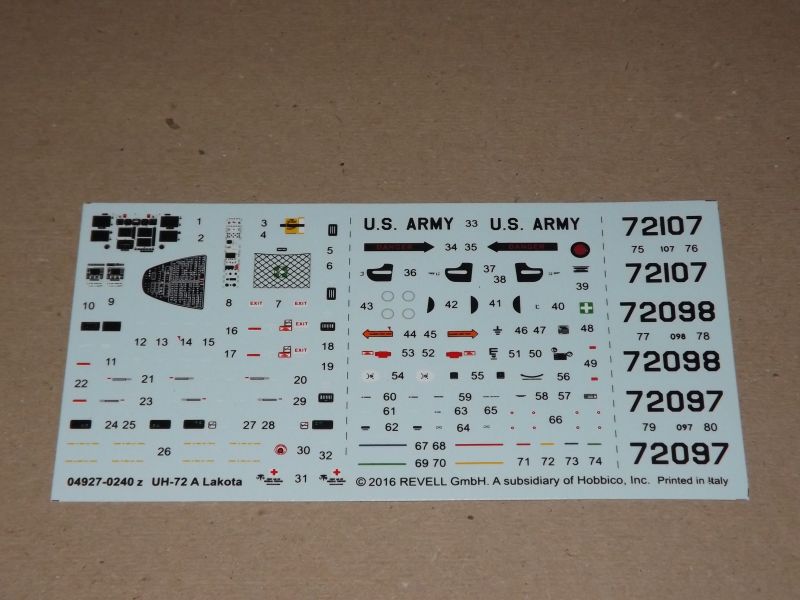
Conclusion
This is an interesting model. Revell of Germany is very much stretching the mold, so-to-say, and this kit will definitely leave a lot of parts in your spares box. The extra parts to make this transport version are well rendered, and perhaps more than anything showcase the current trend in utilizing an airframe to its fullest capability. This is, I think the fourth variant of the basic EC-145 airframe that Revell of Germany has released, and it looks like it ought to build into a nice representation of the real thing.
Acknowledgment
Many thanks to HobbyLink Japan for the review kit, which can be purchased at the following link:
© Mike O'Leary 2017
This product is available from the following LSP sponsors
This review was published on Wednesday, June 28 2017; Last modified on Wednesday, June 28 2017
